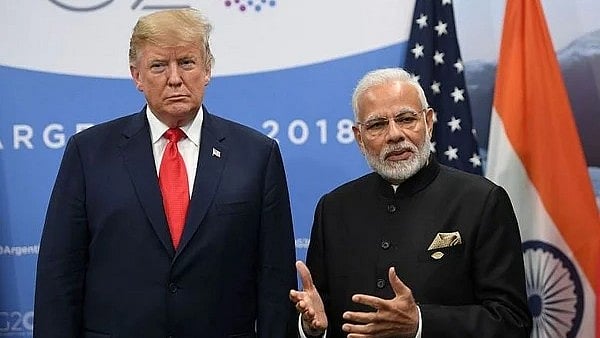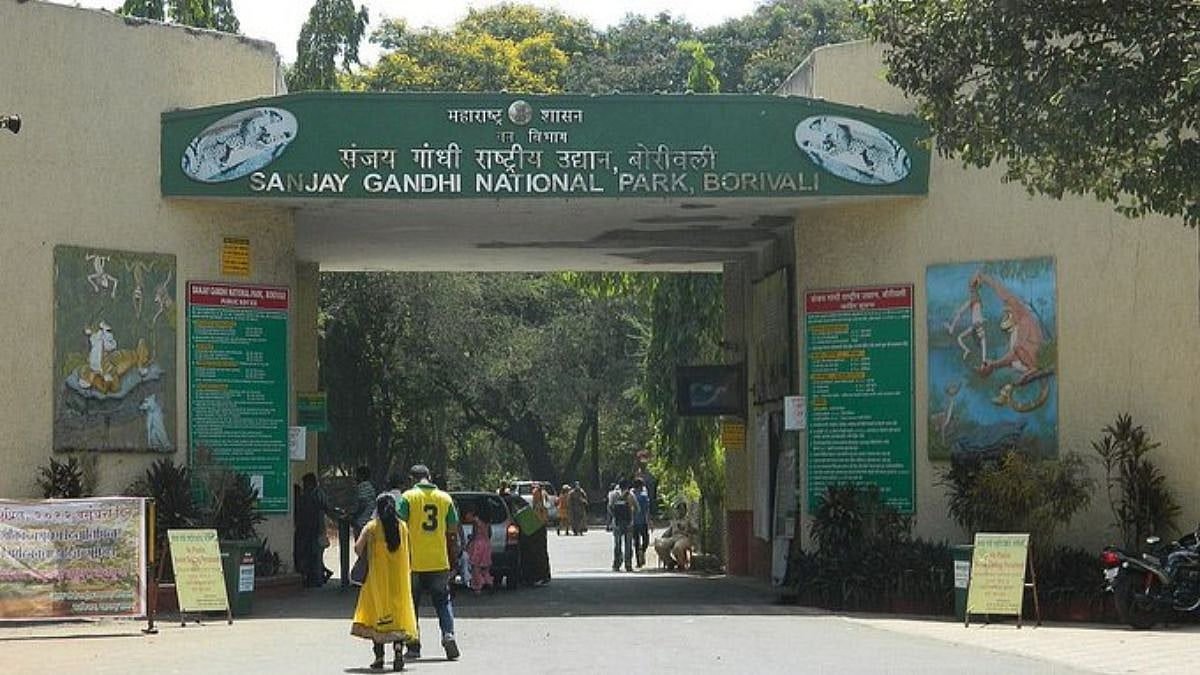More often than not, markets are a better judge of the state of the economy than the government economists. Even as a slew of advisers, led by Raghuram Rajan, the chief economic adviser to the finance minister, tried to downplay the building crisis on Thursday, the Sensex reflected the growing concerns stemming from the US Fed decision to withdraw the stimulus. The bloodbath on the bourses, which caused a whopping fall in the Sensex of over 500 points, however, was only to be expected. Ben Bernanke, the US Federal Reserve Chief, had given enough hints that he was set to close the tap of easy liquidity that he had opened wide after the financial mayhem on Wall Street in 2007-08. The American economy was beginning to do better. There was no need to persist with quantitative easing, under which the Fed bought bonds worth some $85 billion every month. That liquidity not only funded the bull run on the American share markets in recent weeks, but it also accounted for the spurt in the share markets in the emerging economies. But it would be erroneous to singly blame the US Fed for the scare on the Indian markets on Thursday. The RBI had to suspend trading in bonds at one point of time on Thursday due to the scare triggered by the Fed action. The rupee was the biggest loser, too. It nearly touched 60 to a dollar till the RBI intervened and it closed the day at 59.58. Foreign institutional investors pulling out of bonds and equities markets caused the sharp slide. Mercifully, the Fed decision to withdraw the quantitative easing was not accompanied by a statement of intent to raise the policy rate. If that happens, as it will, especially if the US economy continues on the recovery path, there could be further pressures on the rupee. As it is, there are well-regarded economic pundits who believe that even after the fall on Thursday, the rupee is still overvalued. Its true worth is about 65 to a dollar. In other words, the Indian economy has lost much of its competitive edge in the last five years. Without any hesitation, one can lay the blame for the growing economic mess at the door of the government. The UPA government has been supine, especially in its second stint. Decision-making has become alien to it. Vital reforms are on the backburner. A strange inertia and paralysis grips it. Otherwise, the growth rate would not have plummeted below five per cent. Despite the sharp erosion in the value of rupee, exports have languished while imports have grown. A current account deficit of 5.1 per cent of the GDP is a matter of huge concern. But all that you hear from the finance minister and his senior economists is that there is nothing to worry about, that the situation is under control and that the government had enough tools if it threatens to go out of hand. That is precisely what Rajan said to the media after the bloodbath on the bourses and the free fall of the currency. The economic czars of the government seem to live under the illusion that the rupee and the markets can be talked up. No. They cannot be. Markets are sensitive to events far and near. Once the US signaled the slow closing of the liquidity tap, the Indian government ought to have taken precautionary steps to prevent the flight of foreign funds. Nothing was done. Nor was any urgency shown in pushing ahead with some of the long-pending reforms. In the infrastructure, for instance.
Because bad politics tends to invariably impact the economy, even the reshuffle of the government a couple of days ago left everyone unimpressed. Chidambaram, Rajan and Ahluwalia, sounding confident on television of containing the mess, fail to convince anyone because what they say is not backed by sound action. A scam-ridden government staring at a very difficult election less than a year away does not inspire confidence, especially when global signals too are adverse. It is true most of the currencies have been affected by the Fed decision to cut back on the stimulus, but, surely, that does not excuse the failure of the government to do anything on its own to revive the economy. Even the sizable fall in the commodity prices in the global markets will not help since, there is a bigger fall in the value of the rupee. What, if anything, the government is planning to bolster the currency remains unclear.
A hopeless situation, really.









